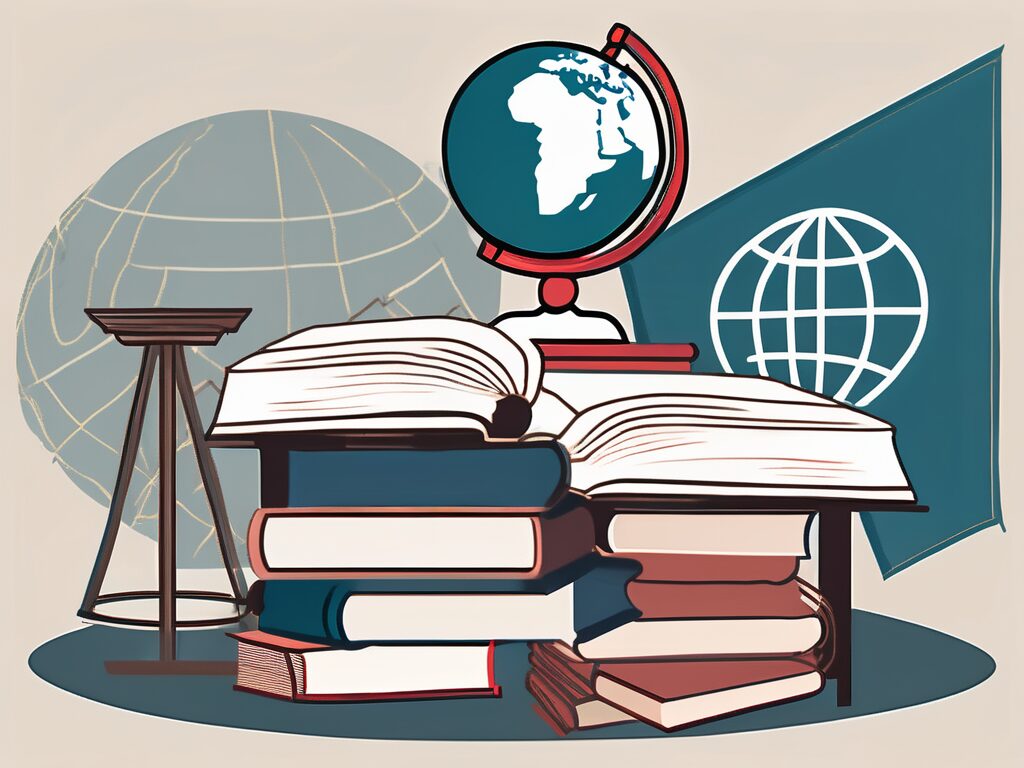html
Master Effective Teaching: 5 Proven Techniques for Educators in Malaysia
In the ever-evolving landscape of education, the need for effective teaching techniques has never been more critical, especially in Malaysia. As educators, we are tasked with not only imparting knowledge but also inspiring and engaging our students. This blog post aims to explore five proven techniques that can transform your teaching approach, enhance student engagement, and ultimately lead to better learning outcomes. Whether you are a seasoned educator or just starting your teaching journey, these strategies will equip you with the tools necessary to master effective teaching in the Malaysian context.
1. Embrace Active Learning Strategies
Active learning is a pedagogical approach that encourages students to participate in their learning process actively. This technique shifts the focus from traditional lecture-based teaching to a more interactive classroom environment. Research shows that active learning can significantly improve student retention and understanding of the material.
Incorporating group discussions, problem-solving activities, and hands-on projects can foster a sense of ownership among students. For instance, in a Malaysian classroom, you might implement group projects that require students to collaborate on local issues, such as environmental sustainability. This not only enhances their learning experience but also connects them to their community.
2. Utilize Technology to Enhance Learning
In today’s digital age, integrating technology into the classroom is essential. Tools such as interactive whiteboards, educational apps, and online resources can make learning more engaging and accessible. In Malaysia, where technology is increasingly prevalent, leveraging these tools can help bridge the gap between traditional and modern teaching methods.
For example, using platforms like Google Classroom allows educators to create a blended learning environment where students can access resources, submit assignments, and collaborate with peers online. This not only enhances their learning experience but also prepares them for a technology-driven world.
3. Foster a Growth Mindset
Encouraging a growth mindset in students is crucial for their academic and personal development. A growth mindset is the belief that abilities and intelligence can be developed through dedication and hard work. As an educator, you can cultivate this mindset by praising effort rather than innate ability, providing constructive feedback, and encouraging resilience in the face of challenges.
In the Malaysian context, where students may face various pressures, fostering a growth mindset can empower them to embrace challenges and view failures as opportunities for growth. Incorporating activities that promote self-reflection and goal-setting can further reinforce this mindset.
4. Differentiate Instruction to Meet Diverse Needs
Every classroom is a melting pot of diverse learning styles, abilities, and backgrounds. Differentiated instruction is a teaching approach that tailors learning experiences to meet the individual needs of students. This technique is particularly relevant in Malaysia, where classrooms often comprise students from various cultural and linguistic backgrounds.
To implement differentiated instruction, consider using a variety of teaching methods, such as visual aids, hands-on activities, and technology-based resources. For instance, when teaching a complex topic, you might provide students with different resources based on their learning preferences—some may benefit from videos, while others may prefer reading materials or interactive simulations.
5. Build Strong Relationships with Students
Establishing strong relationships with students is fundamental to effective teaching. When students feel valued and respected, they are more likely to engage in the learning process. As an educator in Malaysia, taking the time to understand your students’ backgrounds, interests, and challenges can create a supportive learning environment.
Consider implementing regular check-ins with students, either through one-on-one meetings or informal conversations. This not only helps you gauge their understanding of the material but also fosters a sense of belonging and trust within the classroom. Building these relationships can lead to increased motivation and improved academic performance.
Conclusion
Mastering effective teaching techniques is essential for educators in Malaysia who aspire to create a positive and impactful learning environment. By embracing active learning strategies, utilizing technology, fostering a growth mindset, differentiating instruction, and building strong relationships with students, you can enhance your teaching practice and contribute to the success of your students.
As we strive for a more inclusive education system in Malaysia, the role of qualified and well-trained educators becomes increasingly crucial. Empower Your Teaching Career with IPGCE
IPGCE is dedicated to supporting teachers in their professional journey, offering the International Postgraduate Certificate in Education (iPGCE) to enhance qualifications and open doors to international teaching opportunities. With our program, you can expect a significant increase in interview callbacks, promotion rates, and salary. Plus, you’ll join a global network of educators, gain a deeper understanding of international curricula, and enjoy the flexibility of online study. Don’t let inadequate credentials or isolation hold you back. Join the UK’s #1 Teacher Training Course today and take a decisive step towards a fulfilling career in inclusive education.
Related Topics
- Active Learning Strategies for Engaging Students
- The Role of Technology in Modern Education
- Differentiated Instruction: Meeting Diverse Learning Needs
Connect with us on LinkedIn to stay updated on the latest in education and professional development!

